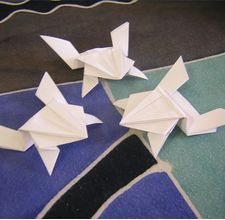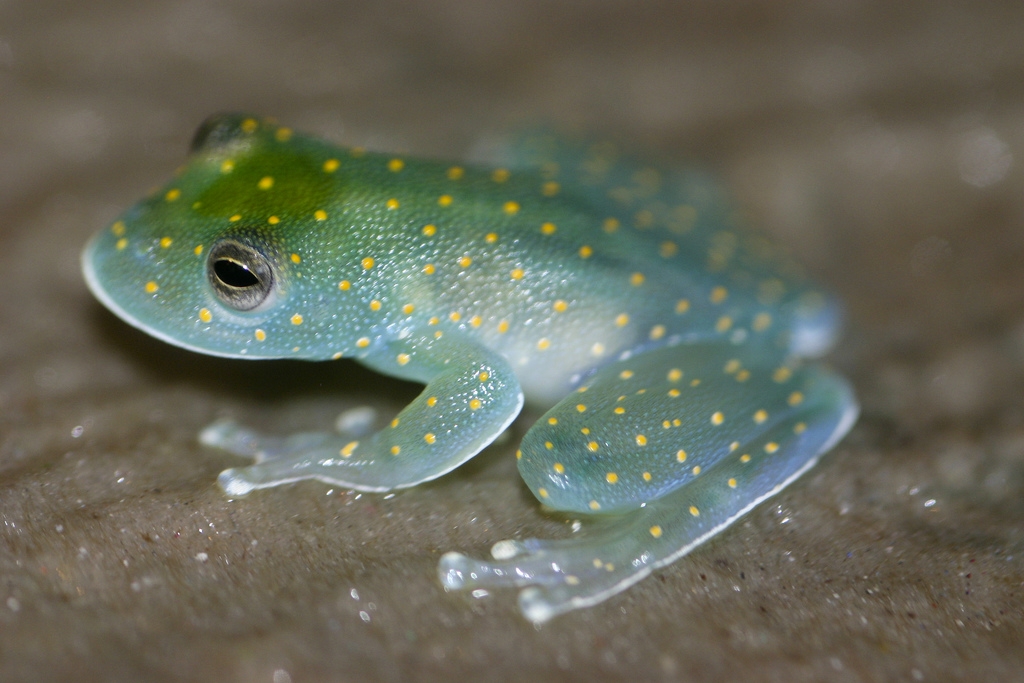Cute Frog of the Week: December 26, 2010
Most of us normally don’t imagine toads as arboreal creatures because we normally have to avoid stepping on them on the ground while gardening or hiking in the woods. But the green climbing toad is quite adept at, well, climbing. This nocturnal toad can be found high up in trees and shrubs, ranging from humid lowlands in eastern Nicaragua to Ecuador, though most have been found in Central America.
These toads have a stout body with small skin folds across the chest as well as on their heels and knees. They can be found in a variety of colors from yellow-green to olive green, and are sometimes even a dull gray to brown. Their color patterns often tend to be either solid or have contrasting lighter and darker blotches and/or gold spots.
In addition, they are covered in warts, some of which are dark in color and can even be somewhat spiky in texture. Their long fingers and toes are slightly webbed and have tiny horizontal ridges on them. Their fingers and toes are also different lengths.
The green climbing toad is not endangered, but the largest threat to this species is the loss of its habitat from deforestation, mining, logging and urbanization.
Photo by Brian Gratwicke, Smithsonian Conservation Biology Institute.
Every week the Panama Amphibian Rescue and Conservation Project posts a new photo of a cute frog from anywhere in the world with an interesting, fun and unique story to tell. Be sure to check back every Monday for the latest addition.
Send us your own cute frogs by uploading your photos here: http://www.flickr.com/groups/cutefrogoftheweek/










